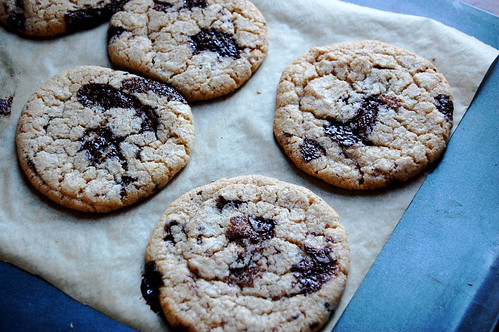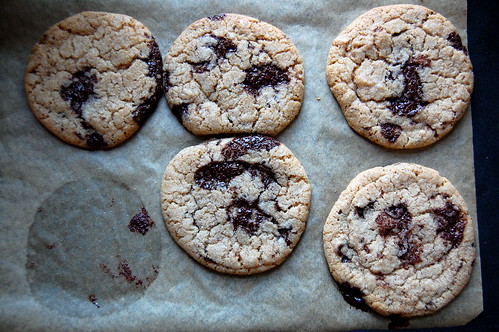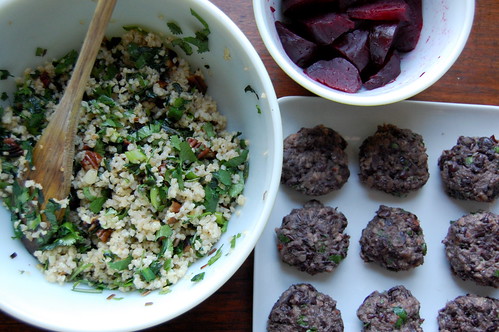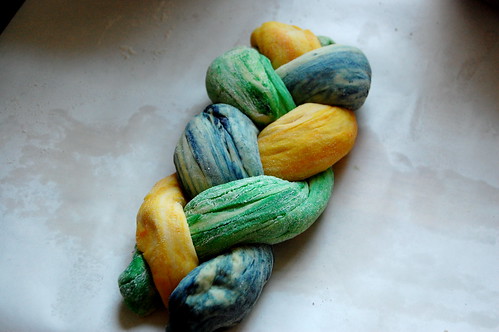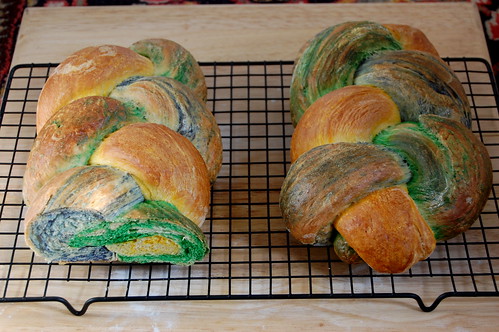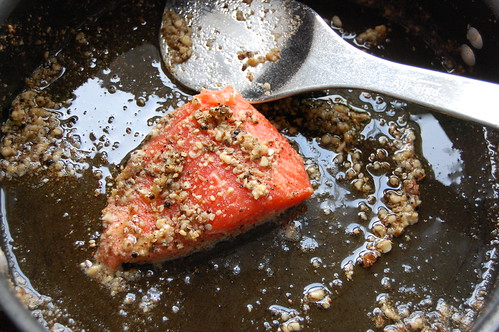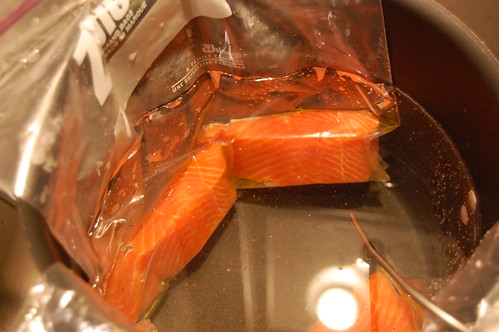We are moving in approximately 5 weeks and I have entered the full-scale pack-out mode. In the past week and a half I have roasted three chickens, which is clearly a sign of my mind being elsewhere - roast chicken + seasonal vegetable + rice is one of my easiest fall back meals.
So as we busy ourselves with packing up the house I may be doing more of these quick snapshot posts of delicious things we come across. Luckily we still have our pots and pans for the next few weeks.
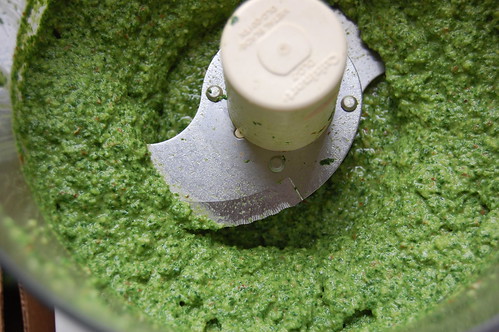
Kale Pesto
Blanch kale for 1 minute in boiling water, drain, and substitute for basil in your favorite pesto recipe (we made ours with walnuts, parmesan, lemon zest, and olive oil). I found this needs more salt than regular pesto so season to taste. Great on pasta and also spread on crackers as a snack.

Mango Salad
Diced fresh mango, unsweetened dried coconut, chopped scallions (green parts only), toasted cashews or peanuts, lime juice, salt. Seriously tasty and great alongside grilled chicken or anything spicy.
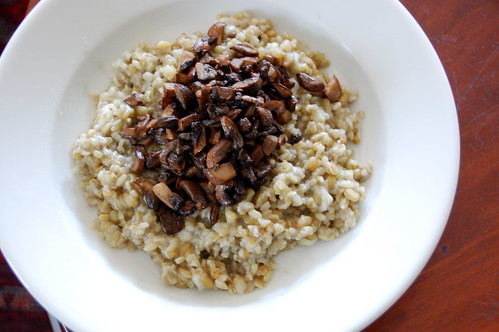
Freekiah with Mushrooms and Cheese
Cook freekiah (toasted green wheat) just as you would risotto. Finish with a handful of shredded cheese. Top with sauteed mushrooms. This is my attempt to replicate something I had in Jordan once - if you're Jordanian and have a better recipe for freekiah bi jibne please let me know!

Ginger Cookies from Good to The Grain
As we discussed previously, this cookbook is awesome, and it hasn't failed me yet. Better yet, the recipes -all made with whole grains- just taste like delicious baked goods, no icky health food vibe to them at all. This may be one of my favorite baking books since (the tragically out-of-print) The Last Course. We recently made the honey-amaranth-flax waffle/pancake recipe, which is killer. Just go buy the book people.
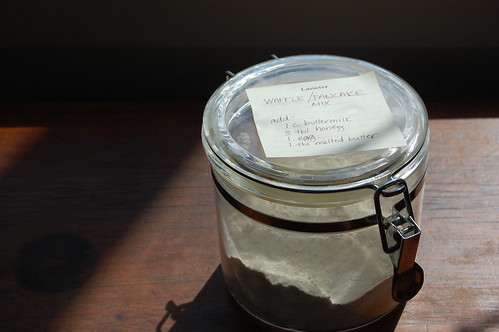
So as we busy ourselves with packing up the house I may be doing more of these quick snapshot posts of delicious things we come across. Luckily we still have our pots and pans for the next few weeks.

Kale Pesto
Blanch kale for 1 minute in boiling water, drain, and substitute for basil in your favorite pesto recipe (we made ours with walnuts, parmesan, lemon zest, and olive oil). I found this needs more salt than regular pesto so season to taste. Great on pasta and also spread on crackers as a snack.

Mango Salad
Diced fresh mango, unsweetened dried coconut, chopped scallions (green parts only), toasted cashews or peanuts, lime juice, salt. Seriously tasty and great alongside grilled chicken or anything spicy.

Freekiah with Mushrooms and Cheese
Cook freekiah (toasted green wheat) just as you would risotto. Finish with a handful of shredded cheese. Top with sauteed mushrooms. This is my attempt to replicate something I had in Jordan once - if you're Jordanian and have a better recipe for freekiah bi jibne please let me know!

Ginger Cookies from Good to The Grain
As we discussed previously, this cookbook is awesome, and it hasn't failed me yet. Better yet, the recipes -all made with whole grains- just taste like delicious baked goods, no icky health food vibe to them at all. This may be one of my favorite baking books since (the tragically out-of-print) The Last Course. We recently made the honey-amaranth-flax waffle/pancake recipe, which is killer. Just go buy the book people.


